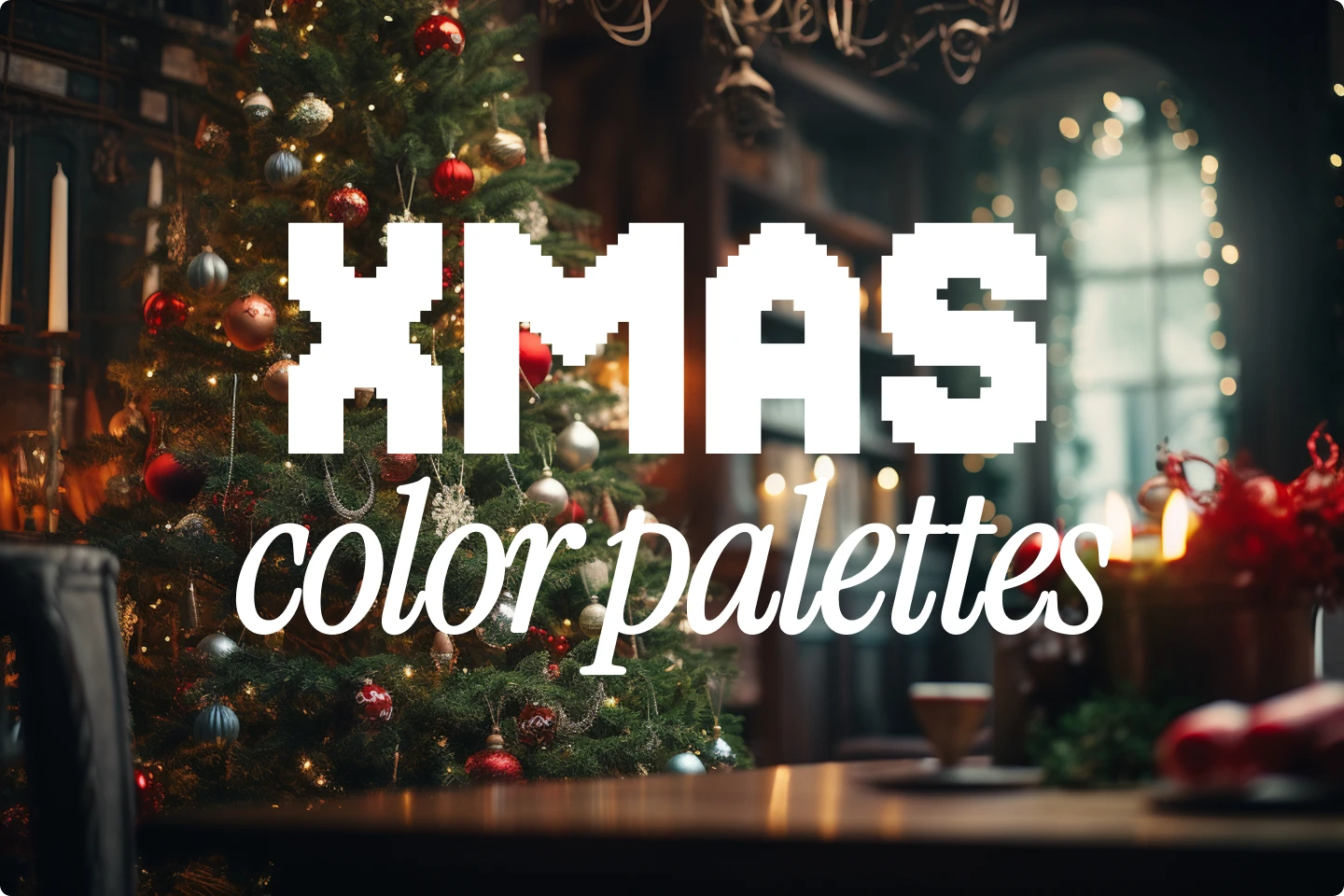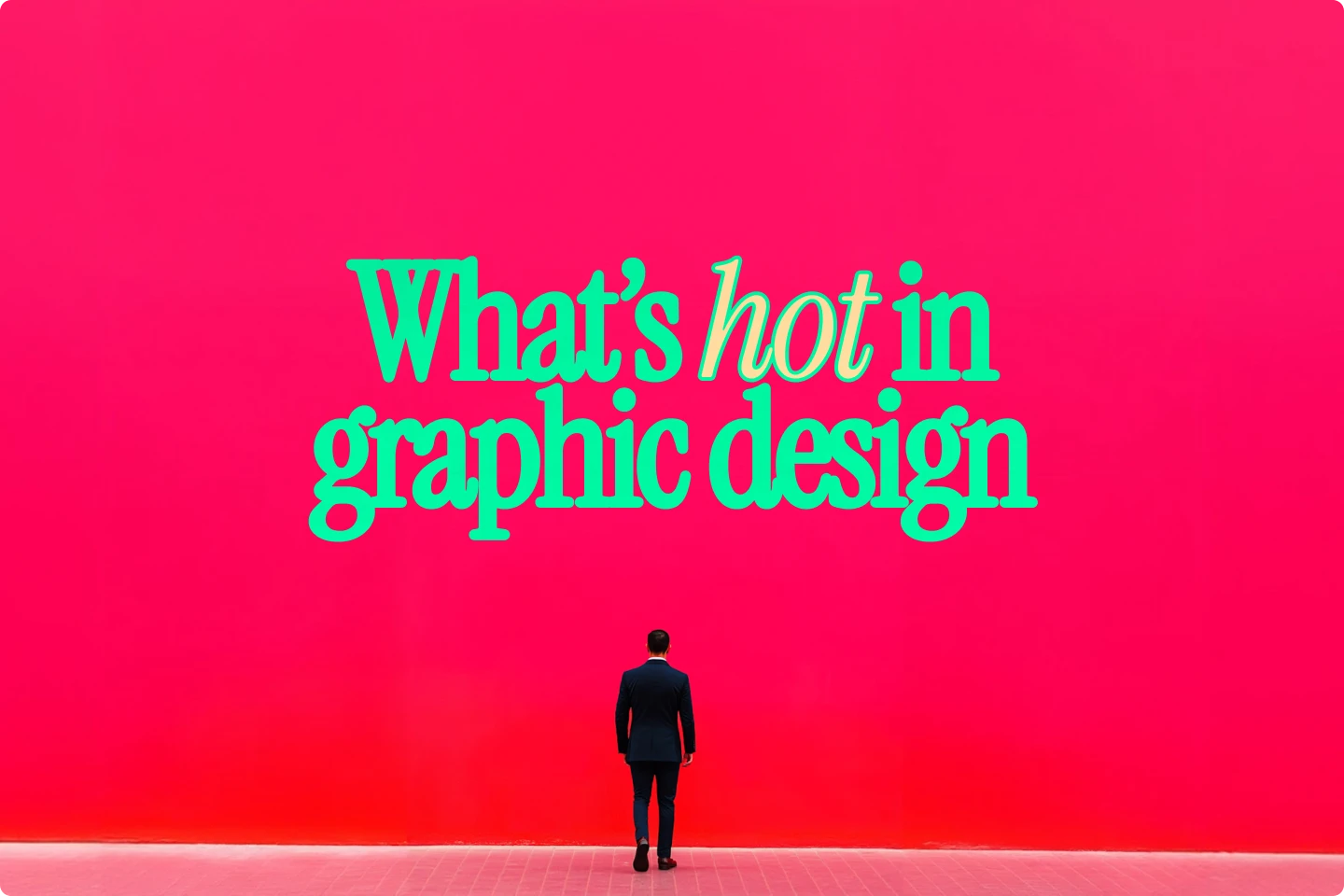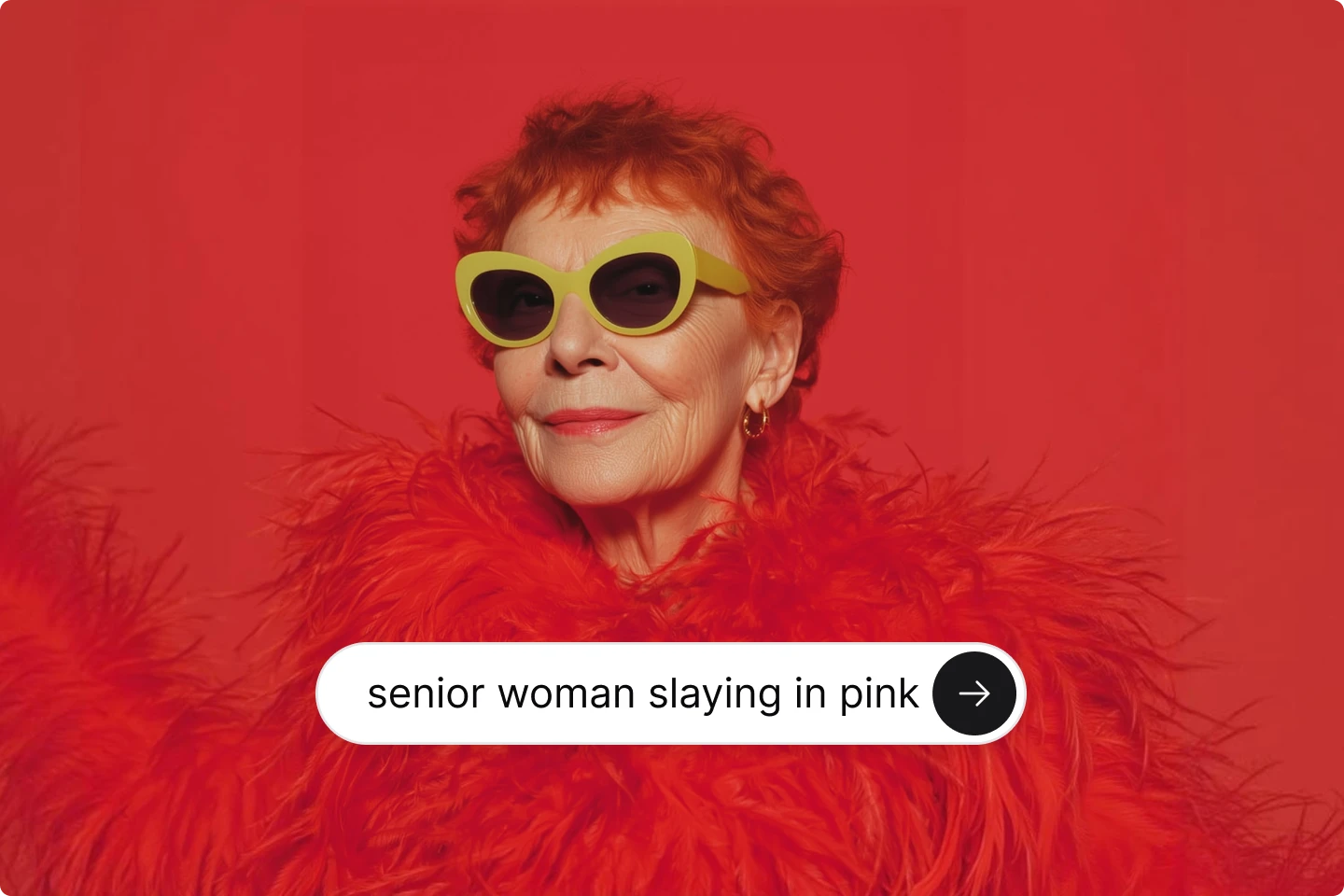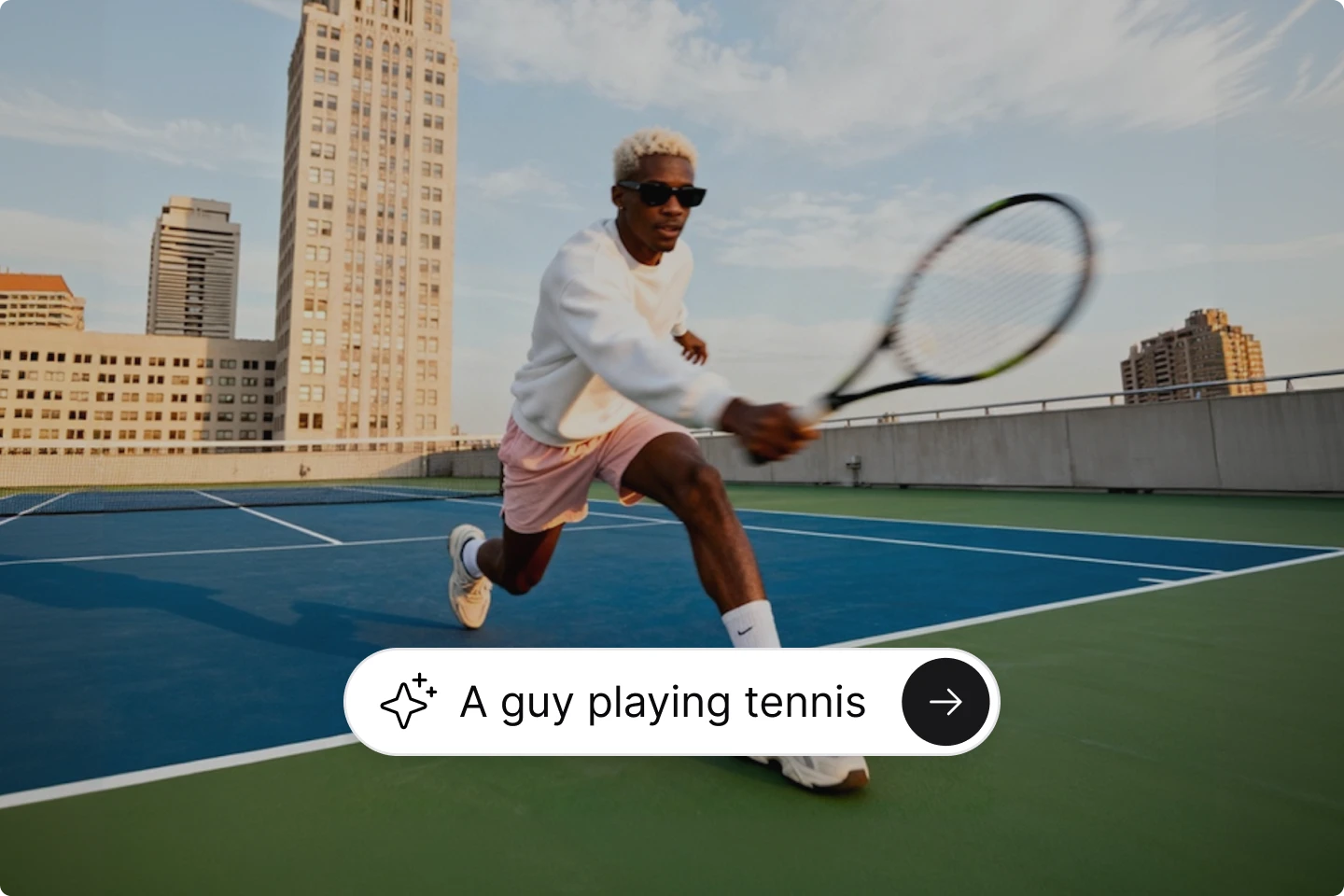La generación de imágenes ChatGPT-4o está reconfigurando la forma en que hacemos arte


Empecemos por los números.
Según fuentes como Similarweb, desde que OpenAI lanzó la nueva función de generación de imágenes de ChatGPT-4O en marzo de 2025, se han generado más de 150 millones de imágenes a través de las nuevas herramientas de imagen integradas en la plataforma. Eso equivale a más de 5 millones de imágenes al día, o aproximadamente una nueva obra maestra surrealista por cada vez que parpadeas. Gran parte de esto se debe al hecho de que solo se agregó el nuevo generador de imágenes ChatGPT 4.0 1 millón de usuarios en solo una hora.
En todo el ecosistema artístico de la IA, las cifras son aún más ridículas. Incluso el año pasado, en 2024, plataformas como Midjourney, DALL·E y Firefly están cosechando en conjunto más de 34 millones de imágenes al día.
Y la gente no solo está jugando. Los datos internos de OpenAI muestran un aumento del 290% en el uso de la generación de imágenes en ChatGPT entre enero y marzo de 2025. Y más del 62% de esas imágenes no solo acumulan polvo digital. Se están convirtiendo en presentaciones, campañas de marketing, prototipos de diseño y guiones gráficos.
Los robots artísticos no van a venir. Ya están aquí.
Desde lienzos en blanco hasta imágenes alucinantes
ChatGPT-4o es cada vez más colaborativo y, al mismo tiempo, más inteligente. Ahora puedes insertar un mensaje, subir una imagen como referencia e incluso incluir texto que sea realmente legible. ¿Quieres modificar las sombras? Genial. ¿Quieres cambiar el fondo? Listo. ¿Quieres que tu personaje «parezca un recuerdo deportivo de plástico»? No hay problema.
Este es el momento en el que la creatividad deja de estar limitada por la habilidad técnica. Si puedes soñarlo, puedes impulsarlo.
Desde simples imágenes de IA hasta infraestructura creativa
El gran cambio no es solo el volumen. Es una utilidad.
Si se desplaza rápidamente por la X, se resaltará cuántas de estas imágenes generadas se utilizan en diseños de marca, marketing, editoriales o guiones gráficos. Se trata de un resultado visual de nivel profesional realizado en cuestión de minutos.
Así que, en lugar de sudar seis horas en una plataforma de juego, ahora tienes tiempo para ensayarla. En lugar de pasarte la noche del viernes enmascarándote el pelo en Photoshop, puedes explorar diez direcciones artísticas diferentes o simplemente cenar.
Lo que buscamos no es solo contenido más rápido. Es un proceso creativo completamente nuevo y solo es el principio. Como dijo Salma en su tuit anterior, este es el peor versión de nuestra nueva realidad de IA. Las cosas solo mejorarán y serán más poderosas a partir de ahora. Así que, aunque estamos impresionados con lo que está haciendo la GPT-4o ahora, imagínense lo que nos depara los próximos años.
El diseño basado en indicaciones genera una lluvia de ideas en tiempo real. Es una iteración sin dolor. Es la forma más rápida de sacar ideas de la cabeza y convertirlas en un formato visual que se pueda compartir, sin tener que pedirle a un amigo diseñador un «favor rápido» que se convierta en 12 rondas de revisiones.
¿Es arte o robo? ¿La controversia sobre Ghibli
Un mensaje: «Un espíritu del bosque al estilo Ghibli». Unos segundos después, tienes un encuadre de ensueño y brumoso que parece que Miyazaki lo escribió él mismo. Es precioso. Es surrealista. Y sí, ha provocado un montón de reacciones negativas.
Los críticos sostienen que modelos como ChatGPT-4o imitan estilos protegidos por derechos de autor, como los de Studio Ghibli, sin consentimiento ni crédito. Mientras tanto, Miyazaki, que nunca fue alguien a quien endulzar, calificó en 2016 el arte de la IA como «un insulto a la vida misma».
Es una conversación más amplia sobre la autoría y la propiedad del estilo. ¿Es homenaje o robo? ¿Innovación o imitación? La tecnología no «copia», pero tampoco pide permiso exactamente. Y cuando una máquina puede remezclar décadas de lenguaje visual en un abrir y cerrar de ojos, la línea ética se difumina rápidamente.
Creatividad que puede tener un costo
Si bien las herramientas parecen mágicas, la ética sigue poniéndose al día. Estos modelos se basaron en montañas de datos, muchos de los cuales fueron extraídos de Internet sin preguntarles quién los creó ni qué opinan sobre el uso de su trabajo.
Esto plantea la gran pregunta: ¿quién recibe el crédito cuando la creatividad se basa en código? ¿Cuáles son los ética ¿detrás de este avance creativo ultrapoderoso?
Los artistas se preocupan por la explotación. Los desarrolladores hablan del «uso justo». Y en un punto intermedio, hemos creado un sistema que recompensa los resultados, pero que rara vez hace una pausa para preguntar quién se queda fuera o quién se queda atrás. La tecnología avanza con rapidez, pero las conversaciones sobre el consentimiento, la compensación y el trabajo creativo siguen sin resolverse. Y, a decir verdad, es una situación difícil que necesitará tiempo y probablemente un buen esfuerzo para resolverse por completo.
Los diseñadores no están condenados
Hay mucha ansiedad en el mundo creativo en este momento. ¿La IA me robará el trabajo? ¿Importará mi cartera? ¿Mis clientes dejarán de necesitarme?
La buena noticia es que las herramientas no sustituyen al talento. Lo amplifican.
Los diseñadores que utilicen la IA como copiloto serán los verdaderos ganadores. Que dibujen ideas con palabras, las perfeccionen con clics y aporten su propio gusto, estilo y contexto a la mezcla. Aquellos que no tienen miedo de decir: «Sí, generemos 40 conceptos y desechemos 39».
Porque la IA puede ofrecerte opciones, pero solo tú sabes qué se siente derecha.
Esta es tu ventaja injusta. Tienes intuición. La IA tiene un rendimiento infinito. Combínalos y no solo serás más rápido, sino que serás imparable.
¿Cómo será la próxima era del diseño?
Vamos a alejar la imagen.
ChatGPT-4o es solo la punta de un cambio cultural mucho mayor. Uno en el que cualquier persona con una conexión a Internet y una idea pueda crear a escala. Ya no necesitas un software caro, una formación profunda o la aprobación de un director creativo para crear algo hermoso, extraño o tremendamente original.
Esta es la democratización del poder creativo. La eliminación de la excusa de «no sé dibujar». El nacimiento de la mentalidad de «simplemente pruébalo».
De repente, el chico raro con una loca novela de ciencia ficción en la cabeza puede idear personajes. El músico independiente puede generar imágenes para su próximo álbum. El propietario de una pequeña empresa puede crear un prototipo de una campaña publicitaria completa en una tarde. No se trata de controlar el control. Se trata de dar luz verde.
La creatividad ya no es una habilidad para ti ganar durante décadas. Es algo que tú hacer hoy.
Filtrar diseños de calidad en una avalancha de imágenes
Así que sí, esta nueva era es ruidosa. Hay mucho arte de IA mediocre por ahí. Hay indicaciones que no van a ninguna parte. Hay clichés estéticos y pesadillas surrealistas y astronautas con forma de ardilla que nadie pidió (pero al menos una especie de amor).
Hay un cambio en quién puede hacerlo y qué tan rápido pueden hacerlo. Hay un mundo en el que las imágenes son tan desechables y remezclables como el texto. Donde la imaginación crece. Donde las ideas se convierten en imágenes en el tiempo que lleva decir: «Hazlo más anaranjado».
Se acerca la inundación. Pero si tienes gusto, perspectiva y punto de vista, prosperarás en esta nueva era.
Diseñando en la era de la IA con Lébéa


.webp)



